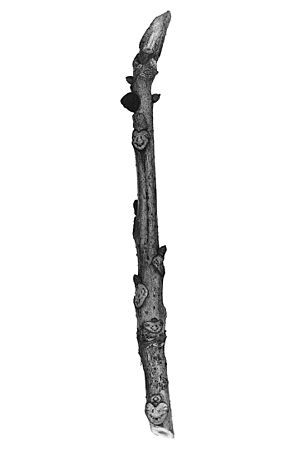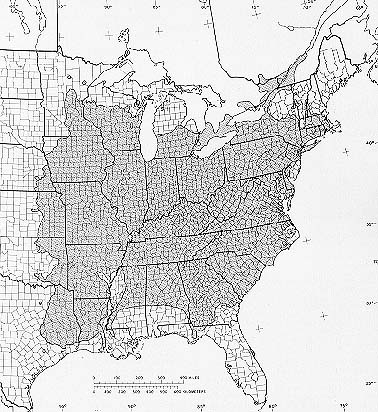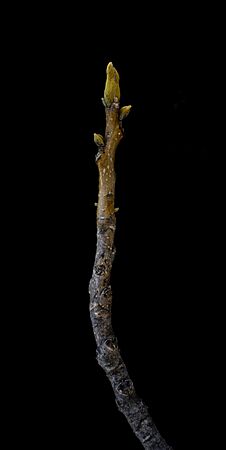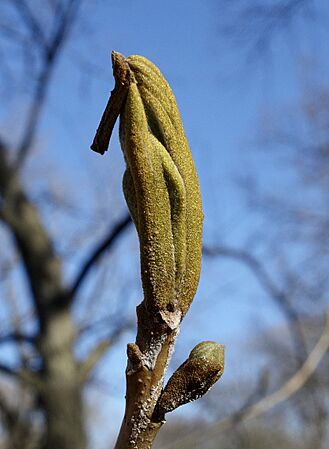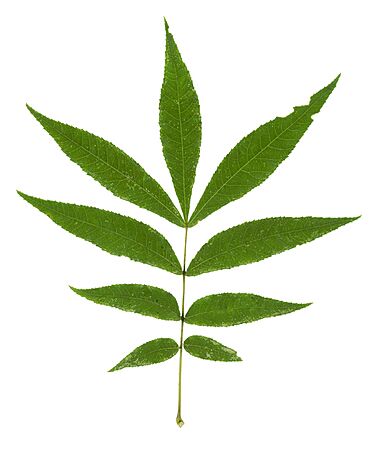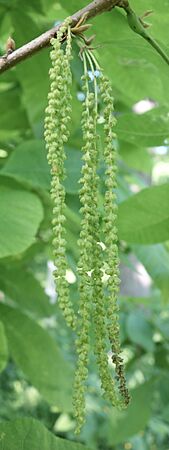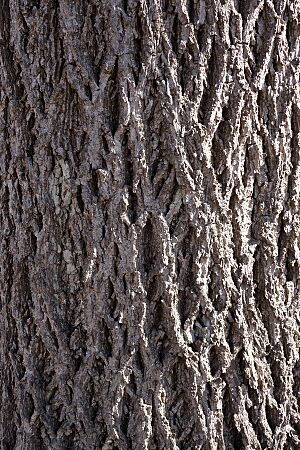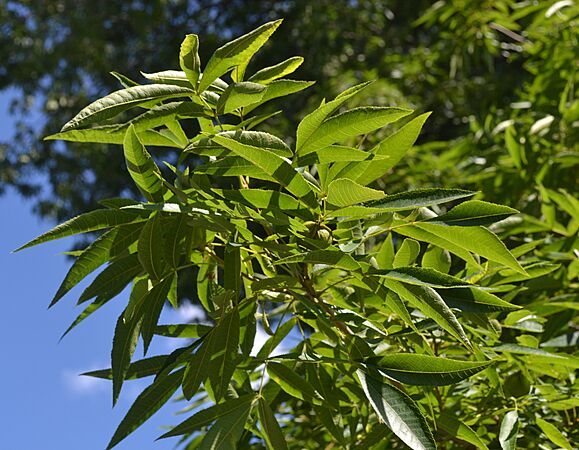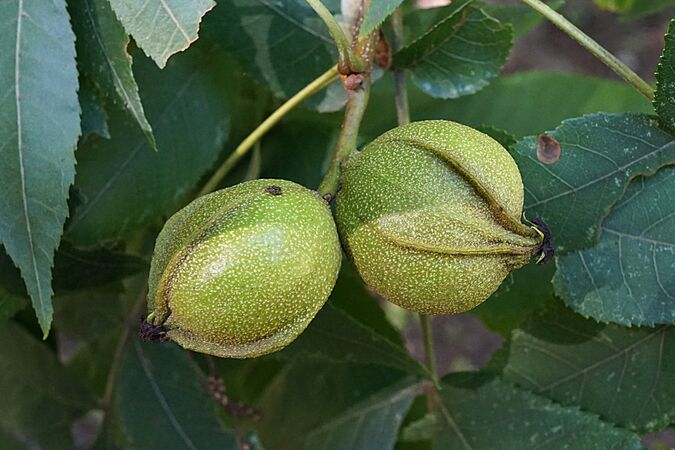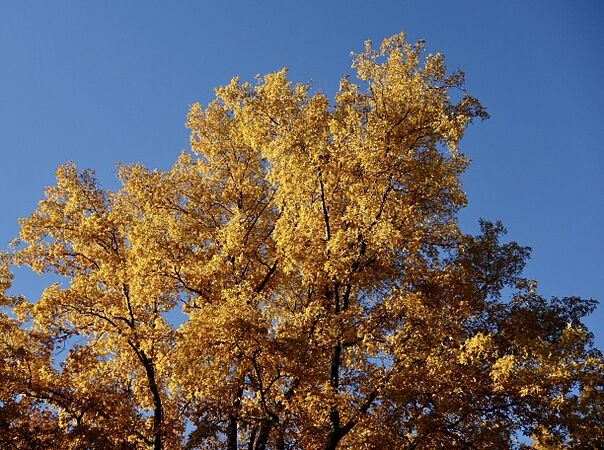Bitternut hickory facts for kids
Quick facts for kids Bitternut hickory |
|
|---|---|
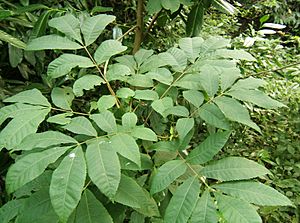 |
|
| Bitternut hickory foliage | |
| Conservation status | |
| Scientific classification | |
| Genus: |
Carya
|
| Species: |
cordiformis
|
 |
|
| Natural range | |
The bitternut hickory (scientific name: Carya cordiformis) is a type of large hickory tree. It's also known as bitternut or swamp hickory. This tree is often found in areas north of other pecan hickory trees. Its wood is often mixed and sold with other hickory woods. The bitternut hickory is the shortest-living of the hickory trees, usually living for about 200 years.
Contents
What Does It Look Like?
The bitternut hickory is a big deciduous tree. This means it loses its leaves every autumn. It can grow up to 35 meters (about 115 feet) tall. Some even reach 47 meters (about 154 feet)! Its trunk can be as wide as 1 meter (about 3 feet).
Its leaves are long, about 15 to 30 centimeters (6 to 12 inches). Each leaf has 7 to 11 smaller leaflets. These leaflets are shaped like a spearhead and are about 7 to 13 centimeters (3 to 5 inches) long. The leaflets at the very end of the leaf are usually the biggest.
In spring, the tree produces small flowers called catkins. These flowers are pollinated by the wind. The tree's fruit is a nut that tastes very bitter. It's about 2 to 3 centimeters (1 inch) long. The nut has a green cover with four parts that split open when it's ripe in the fall. Inside, there's a hard, bony shell. A special way to tell this tree apart is by its bright yellow winter buds.
Bitternut vs. Pecan
The bitternut hickory is related to the pecan tree. They have similar leaf shapes and belong to the same group of trees. However, unlike pecans, bitternut nuts are not good to eat because they are so bitter.
You can usually tell them apart by counting the leaflets. Bitternut hickory leaves often have only 7 leaflets. Pecan leaves usually have 9 to 13 leaflets. Sometimes, bitternut hickories can mix with pecan trees to create a new type of tree called Carya × brownii. They can also mix with shagbark hickory to form Carya × laneyi.
Where Does It Grow?
Bitternut hickory trees like moist places. You can find them in mountain valleys, along riverbanks, and in swamps. Even though they prefer wet areas, they can also grow in dry spots and in poor soils that don't have many nutrients.
This tree is found across the eastern United States. Its range goes from New Hampshire, Vermont, Maine, and southern Quebec in the north. It stretches west to southern Ontario, central Michigan, and northern Minnesota. To the south, it reaches eastern Texas, northwestern Florida, and Georgia. It is most common from southern New England west to Iowa, and from southern Michigan south to Kentucky. It's probably the most common and widespread of all the hickory trees.
How Is It Used?
Bitternut hickory wood is used for lumber and for making pulp (which is used to make paper). Because the wood is very hard and strong, it's used to make furniture, wall panels, wooden pegs (dowels), tool handles, and ladders.
Like other hickory woods, it's also used for smoking meat. Native Americans used the wood to make bows. Rabbits eat the seeds of the bitternut hickory. Other wild animals also eat its seeds and bark.
Images for kids



